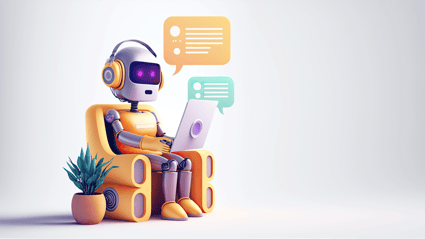What we do
- SOLUTIONS
-
Continuant Connect
UCaaS solution for Enterprise -
Teams Phone
Direct Routing for Teams Phone -
Zoom Phone
Enable calling through Zoom -
Webex Calling
Enable calling through Webex -
C4
CX for Better Customer Experiences -
Cisco UC
Migrate legacy PBX to Cisco -
Custom Meeting Rooms
Enterprise-grade AV solutions
%20Success%20Stories/3M%20-%20main.jpg)
%20Success%20Stories/Baylor-CS-Image-2.jpg)



 AI is transforming technology and business processes in almost every field. It can enhance the performance, efficiency, and security of IT systems and applications with automation, high-level analysis, and recommendations.
AI is transforming technology and business processes in almost every field. It can enhance the performance, efficiency, and security of IT systems and applications with automation, high-level analysis, and recommendations. 